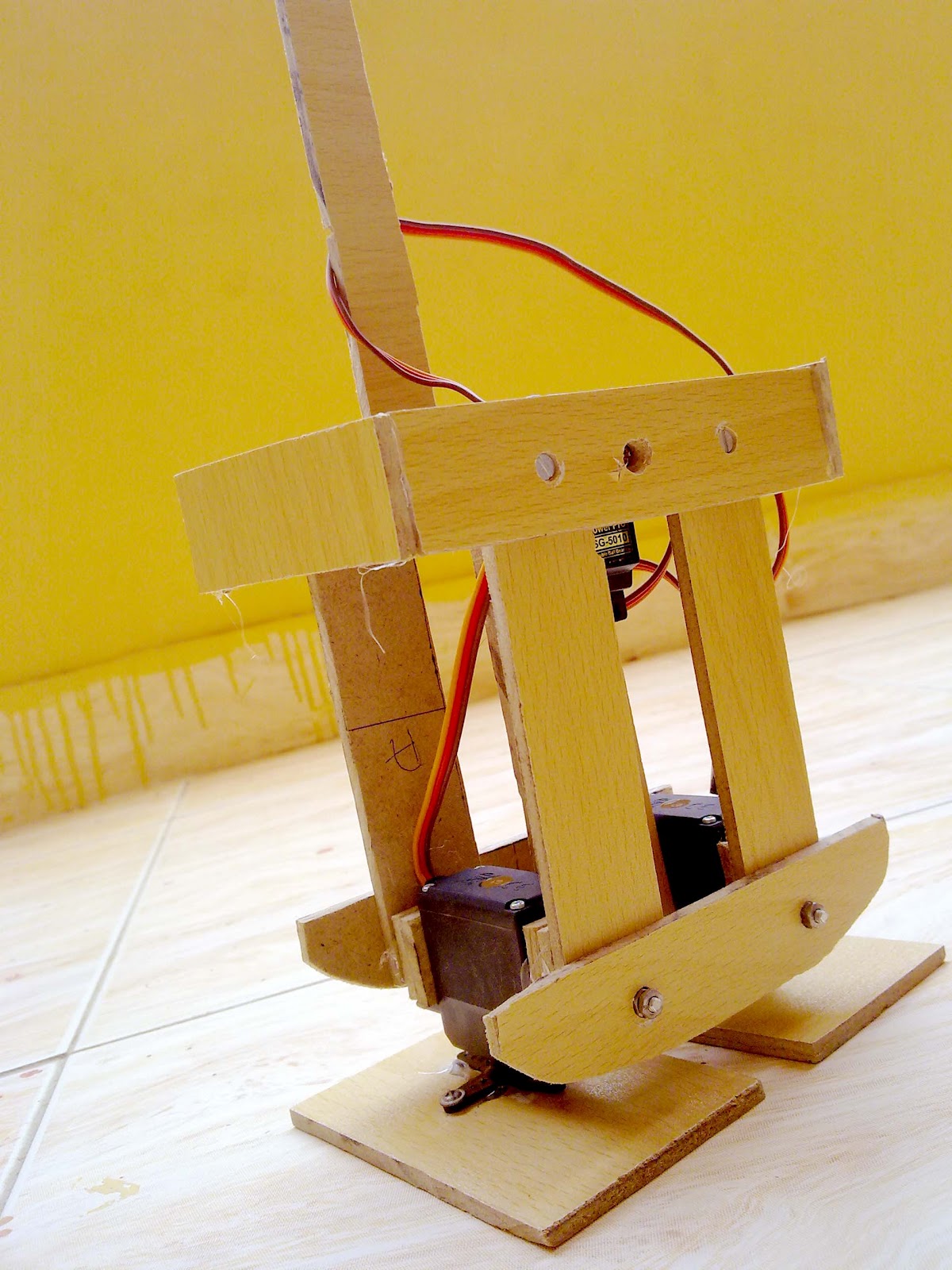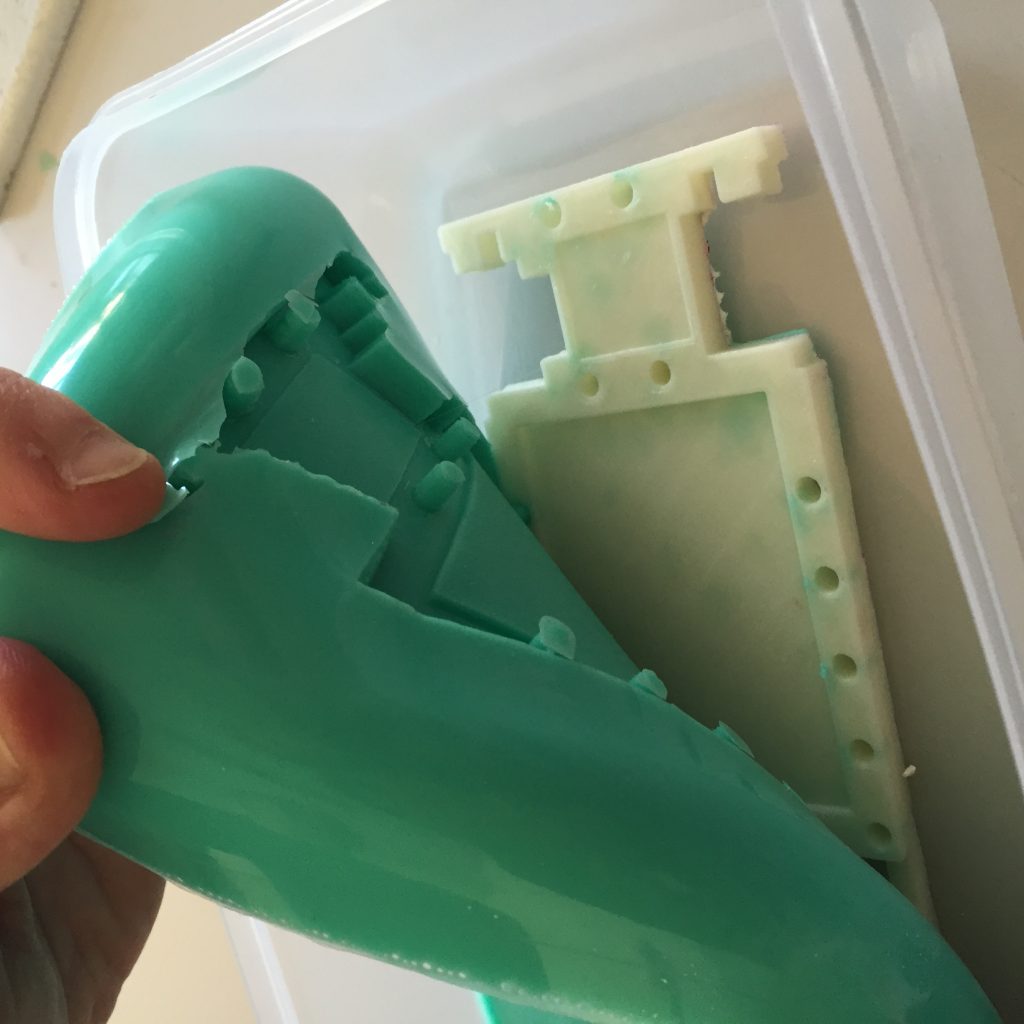
#Arduino analogwrite servo example code
If that is exceeded, the code silently fails and does nothing. If you look at the current analogWrite() implementation, there is a magic number of pwm pins supported. Perhaps there are some alternatives to a return value that could work and yet still live within the existing APIs So I don't intend to go down that path again. I've had a few discussion with developers over the past 10 years with respect to analogWrite() and they have never been open to making any changes. True analog output when using analogWrite() on pins DAC0 get your point on portability and I am HUGE proponent of maintaining consistency. Having said that I would suggest to discuss that issue with the Arduino development team to create a feature wich still keep cross-platform compatibility for future developments und API function upgrades. I do understand your intentions and consider it to be a precious feature, but actually dare to disagree though:Īs the original Arduino does not t provide a return value it may lead to further incompatibilities in case once might provide a similar feature but then implement it in a different way (e.g., return 0 if there is a failure and 1 if it works) While this is a deviation from the standard API it would still be compatible with the API as existing code would not ever be looking at return value. While this is a deviation from the standard API it would still be compatible with the API as existing code would not ever be looking at return : I would also say that if there are potential failures of analogWrite() then analogWrite() should be changed from a void function to returning an integer status of zero if successful and non zero status like < 0 if there is a failure. if the analogWrite() is not properly implemented as specified by, just always false. This capability is trivial to implement correctly and can be implemented regardless of what/how the analogWrite() is implemented. The problem in the past is that there was a digitalPinHasPWM(pin) macro that would always return true for all pins but the function analogWrite() didn't even exist at all which meant that user code that went to the effort to check for analogWrite() working would fail to compile due to misimplementation of the digitalPinHasPWM(pin) macro in all the variant header files.
#Arduino analogwrite servo example portable
This allows code to compile time modify itself to deal with pwm capabilities in a portable way. This is how code can tell a compile time if pwm on a pin is supported. if the macro does not exist or the macro returns false the variant does not support AnalogWrite() for PWM on the given pin. In addition to what mentioned, there must be a macro digitalPinHasPWM(pin) that exists (as a macro not a function) that returns true if the pin supports analogWrite() just because there is some sort of partial implementation, it doesn't mean that it is actually implemented.

.jpg)
I would go further than and say that analogWrite() is not really implemented until it works like it is specified and the way it works on other platforms. The analogWrite function has nothing to do with the analog pins or the analogRead function.

You do not need to call pinMode() to set the pin as an output before calling analogWrite(). ** In addition to PWM capabilities on the pins noted above, the Due has true analog output when using analogWrite() on pins DAC0 and DAC1. In addition to PWM capabilities on the pins noted above, the MKR, Nano 33 IoT, and Zero boards have true analog output when using analogWrite() on the DAC0 (A0) pin.After a call to analogWrite(), the pin will generate a steady rectangular wave of the specified duty cycle until the next call to analogWrite() (or a call to digitalRead() or digitalWrite()) on the same pin. Can be used to light a LED at varying brightnesses or drive a motor at various speeds. Writes an analog value ( PWM wave) to a pin. Just to make it absolutely clear what "full implementation of analogWrite() " would mean, acc to Arduino API definitions:


 0 kommentar(er)
0 kommentar(er)
